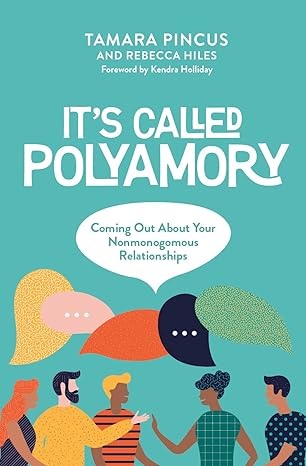Go back


Organizational Theory And Aesthetic Philosophies(1st Edition)
Authors:
Antonio Strati

Cover Type:Hardcover
Condition:Used
In Stock
Include with your book
Free shipping: April 04, 2024Popular items with books
Access to 3 Million+ solutions
Free ✝
Ask 10 Questions from expert
200,000+ Expert answers
✝ 7 days-trial
Total Price:
$0
List Price: $52.95
Savings: $52.95(100%)
Book details
ISBN: 0367732254, 978-0367732257
Book publisher: Routledge
Get your hands on the best-selling book Organizational Theory And Aesthetic Philosophies 1st Edition for free. Feed your curiosity and let your imagination soar with the best stories coming out to you without hefty price tags. Browse SolutionInn to discover a treasure trove of fiction and non-fiction books where every page leads the reader to an undiscovered world. Start your literary adventure right away and also enjoy free shipping of these complimentary books to your door.
Organizational Theory And Aesthetic Philosophies 1st Edition Summary: Diverse philosophies constitute the theoretical ground of the study of the aesthetic side of organization. In fact, there is not a single unique philosophy behind the organizational research of the aesthetic dimension of organizational life. Organizational Theory and Aesthetic Philosophies will illustrate and discuss this complex phenomenon, and it will be dedicated to highlight the philosophical basis of the study of aesthetics, art and design in organization. The book distinguishes three principal "philosophical sensibilities" amongst these philosophies: aesthetic, hermeneutic and performative philosophical sensibility. Each of them is described and critically assessed through the work of philosophers, art theorists, sociologists and social scientists who represent its main protagonists. In this way, the reader will be conducted through the variety of philosophies that constitute a reference for aesthetics and design in organization. The architecture of the book is articulated in two parts in order to provide student and scholars in philosophical aesthetics, in art, in design and in organization studies with an informative and agile instrument for academic research and study.
Customers also bought these books
Frequently Bought Together
Top Reviews for Books
Request swbf5if
( 4 )
"Delivery was considerably fast, and the book I received was in a good condition."










